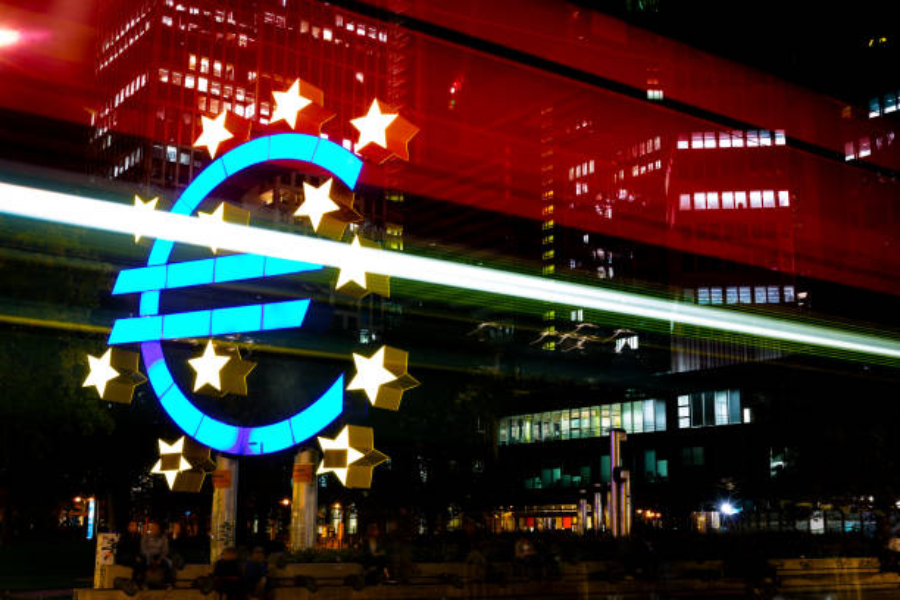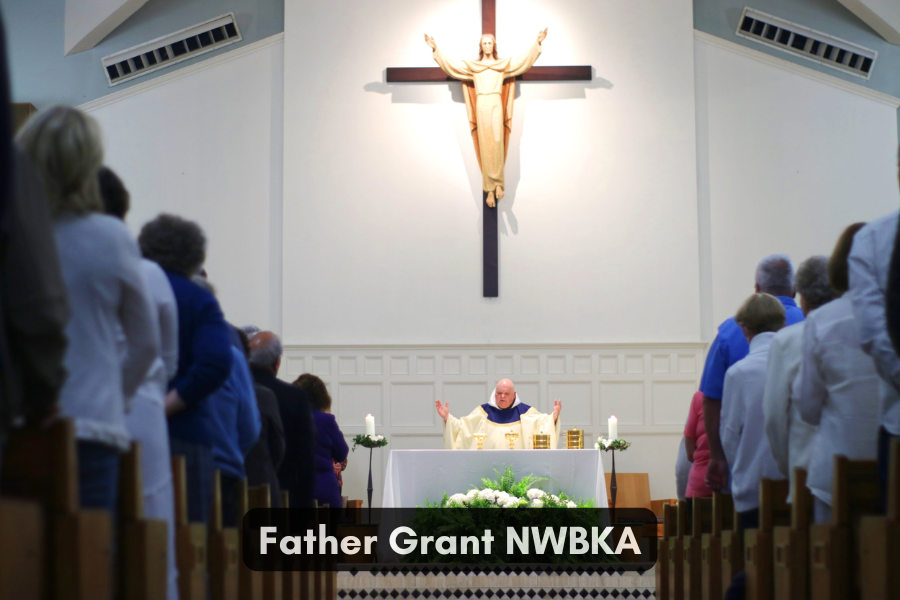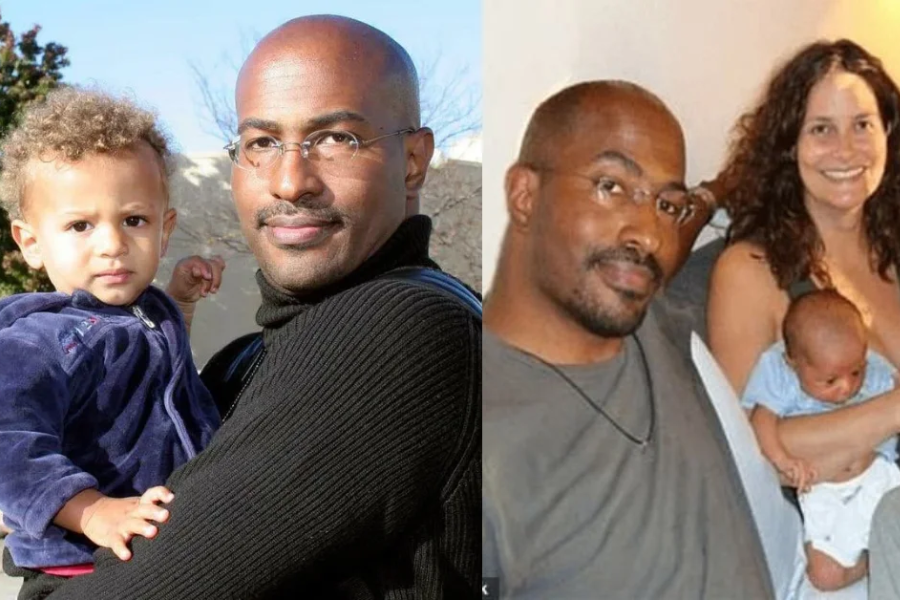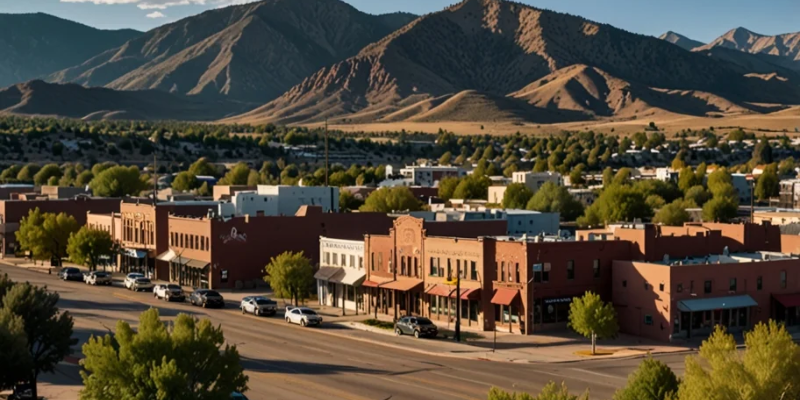The Firme Eurotower isn’t just a towering structure in the heart of Frankfurt, Germany; it’s a beacon of European unity and economic power. Rising gracefully into the skyline, this iconic building has been making its mark since 1999 as the headquarters of the European Central Bank (ECB).
But there’s more to the Eurotower than its role in monetary policy. It’s a blend of architectural beauty and cultural significance, drawing curious eyes from across the globe. This isn’t just a place where decisions about the Eurozone’s economy are made—it’s a space that represents innovation, stability, and collaboration in the modern world.
A Glimpse into History
The Firme Eurotower emerged at a pivotal moment in European history—a time when nations were striving for deeper economic unity. With the Euro officially introduced in 1999, the need for a central institution to manage the new currency and uphold its stability became paramount. The Eurotower was constructed to house the European Central Bank (ECB), standing as a testament to Europe’s commitment to a harmonious and secure economic future.
Frankfurt, already a powerhouse in global finance, was the natural choice for the ECB’s headquarters. By situating the institution in this bustling financial hub, European leaders underscored the city’s importance in shaping the continent’s economic policies and strategies.
This iconic skyscraper represents more than just a building; it’s a symbol of resilience and progress. Rising from the economic turbulence of the 1990s, the Eurotower marked the beginning of a hopeful era. It signified cooperation among nations—an agreement to set aside differences and work collectively to strengthen the Eurozone.
The decision to create the ECB and house it in the Eurotower was more than a practical move; it was a bold statement of unity, signaling a shared vision for a prosperous, stable Europe. This structure became a beacon of trust and collaboration, reflecting the shared aspirations of its member nations.
Architectural Marvels Striking Aesthetics
The Firme Eurotower stands as a stunning example of modern architectural ingenuity, brought to life by the visionary firm KSP Engel and Zimmermann. At 185 meters (607 feet) tall, it was among Frankfurt’s tallest buildings when completed, instantly commanding attention. Its sleek, triangular design tapers elegantly toward the top, symbolizing the Eurozone’s collective drive for upward growth and economic stability.
The building’s glass façade is a standout feature, inviting natural light to fill its interiors while treating onlookers to breathtaking reflections of Frankfurt’s bustling skyline. At dusk, the Eurotower transforms into a shimmering jewel, captivating residents and visitors alike with its radiant glow.
Sustainability at Its Core
Beyond its beauty, the Eurotower embraces eco-conscious design principles. The glass panels aren’t just for aesthetics—they enhance energy efficiency by regulating heat and maximizing daylight usage. This blend of functionality and elegance underscores the ECB’s dedication to aligning progress with sustainability.
The Eurotower isn’t just a structure; it’s a statement. Its design harmonizes cutting-edge innovation with environmental mindfulness, setting an inspiring standard for future skyscrapers around the world.
Interior Spaces: A Blend of Purpose and Vision
Stepping into the Firme Eurotower feels like entering a space designed with both functionality and symbolism in mind. The grand atrium immediately catches the eye, exuding openness and transparency—key values of the European Central Bank (ECB). This welcoming space isn’t just visually impressive; it embodies the ECB’s mission to remain accessible and accountable to the public.
Thoughtful Layout
The interior of the Eurotower is meticulously planned to foster collaboration and innovation. Offices, conference rooms, and exhibition areas are arranged to create a seamless flow, supporting dynamic work processes and teamwork. Every corner of the building is designed with purpose, ensuring that it remains a hub for forward-thinking economic decision-making.
Technology at the Core
Equipped with cutting-edge technology, the Eurotower is more than just a workspace—it’s a command center for Europe’s financial stability. Advanced communication systems and robust data analytics tools enable ECB experts to monitor economic trends and act decisively in the face of challenges. This technological edge ensures the institution stays ahead in the fast-moving world of global finance, where timely decisions can shape entire economies.
The Eurotower’s interior design reflects its role as a beacon of modernity and efficiency, perfectly complementing its architectural brilliance. It’s a space where vision meets action, embodying the ECB’s drive to lead Europe toward a secure and prosperous future.
Economic Significance: A Powerhouse of Policy and Stability
Monetary Policy at Work
The Firme Eurotower is more than just a headquarters—it’s the epicenter of monetary policy for the Eurozone, a region encompassing 19 of the 27 European Union member states. Within its walls, pivotal decisions are made by the European Central Bank (ECB) to maintain price stability—a cornerstone for economic growth and consumer trust.
Through its control over interest rates and money supply, the ECB wields significant influence over inflation, employment, and overall economic performance. When the ECB lowers interest rates, it spurs economic activity by making borrowing more affordable for businesses and individuals. On the flip side, raising rates helps curb inflation but can slow down spending and investment. The Eurotower, in essence, serves as the economic helm of the Eurozone, steering its diverse economies toward sustainable growth amidst challenges.
Global Market Impact
The reach of the Eurotower extends far beyond Europe, resonating throughout global financial markets. The ECB’s policies are closely scrutinized by investors, analysts, and governments worldwide due to their profound influence on currency values, trade dynamics, and investment trends.
As one of the world’s most traded currencies, the Euro’s value often hinges on decisions made at the Eurotower. A change in ECB policy can trigger shifts in exchange rates, affecting the costs of imports and exports and, in turn, global trade strategies. For instance, a stronger Euro can make European goods pricier abroad, while a weaker Euro boosts competitiveness but raises import costs.
This interconnectedness underscores the Eurotower’s critical role as a player on the global stage. It’s not just shaping Europe’s economic future; it’s actively influencing the financial strategies and outcomes of nations and businesses around the world.
Cultural Significance: A Beacon of Unity and Inspiration
A Symbol of European Identity
The Firme Eurotower stands tall not only as an economic powerhouse but also as a cultural emblem of European unity. Beyond its pivotal role in shaping monetary policy, the building symbolizes the collaborative spirit of nations working toward a shared economic future. It’s a physical reminder of what can be achieved when diverse countries align their goals for the greater good.
This iconic structure regularly hosts cultural and educational events, reinforcing the ECB’s commitment to transparency and public engagement. Visitors can explore its history and significance through guided tours and exhibitions that delve into the Euro’s origins, the ECB’s mission, and the broader story of European economic integration. By breaking down complex financial topics, these initiatives foster a deeper understanding of economics among the public, transforming the Eurotower into an educational and cultural hub.
Art and Community Engagement
Art is woven into the fabric of the Eurotower’s identity, with its walls often adorned with thought-provoking exhibitions. From contemporary pieces to historical narratives about Europe’s economic journey, these displays add a creative dimension to the building’s significance.
The ECB actively collaborates with local artists and cultural organizations, transforming the Eurotower into a space where finance meets creativity. This dedication to the arts reflects a broader vision—one that values cultural enrichment as a cornerstone of a thriving society.
By fostering a vibrant artistic atmosphere, the Eurotower does more than just connect with the community; it inspires innovation and a sense of belonging. It’s a space where economics, art, and culture come together, showcasing the multifaceted identity of modern Europe.
Summary
The Firme Eurotower in Frankfurt, Germany, serves as the headquarters of the European Central Bank (ECB), symbolizing European unity and financial strength. Since its completion in 1999, the building has stood as an architectural marvel, an economic powerhouse, and a cultural beacon. Its striking triangular design by KSP Engel and Zimmermann emphasizes modernity and sustainability, with a glass façade that combines aesthetics with energy efficiency.
The Eurotower’s interior promotes collaboration and technological advancement, reflecting the ECB’s mission to ensure economic stability in the Eurozone. It has a significant global impact on financial markets, as the ECB’s monetary policies influence trade, investment, and currency values worldwide. Beyond its economic role, the Eurotower fosters public engagement through cultural events, art exhibits, and educational programs, further solidifying its place as a symbol of unity and inspiration.
FAQ
1. What is the Firme Eurotower?
The Firme Eurotower is the headquarters of the European Central Bank (ECB) in Frankfurt, Germany. It symbolizes European financial unity and stability.
2. When was the Firme Eurotower built?
The Eurotower was completed in 1999, coinciding with the official introduction of the Euro currency.
3. Who designed the Firme Eurotower?
The building was designed by the architectural firm KSP Engel and Zimmermann.
4. What is the significance of the Eurotower’s design?
The triangular tapering design and glass façade symbolize growth, modernity, and sustainability, reflecting the ECB’s mission of innovation and stability.
5. What role does the Eurotower play in Europe’s economy?
The Eurotower is the center of monetary policy for the Eurozone, where decisions about interest rates, inflation, and economic stability are made.
6. How does the Eurotower impact global financial markets?
ECB policies made at the Eurotower influence the Euro’s value, international trade, and investment trends, affecting economies worldwide.
7. Does the Eurotower host public events?
Yes, the Eurotower regularly hosts cultural and educational events, including art exhibitions and guided tours, to engage with the public and promote transparency.
8. What makes the Eurotower eco-friendly?
The building incorporates energy-efficient features such as a glass façade that regulates heat and maximizes natural light, aligning with modern sustainability standards.
9. Why is the Eurotower culturally significant?
It represents European unity and collaboration, hosts artistic displays, and serves as a venue for community engagement and education.
10. What is the Eurotower’s role in the Eurozone?
As the ECB’s headquarters, it is the epicenter of economic policy-making, ensuring price stability and guiding the financial stability of 19 Eurozone countries.
Stay in touch to get more news & updates on Live Hint!



